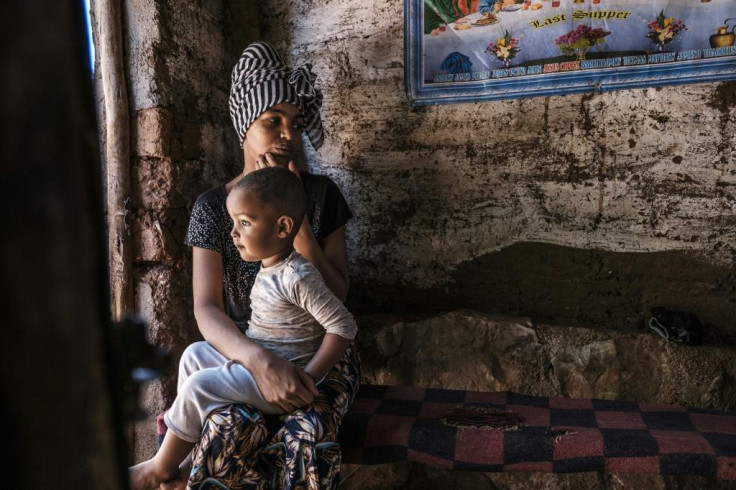World Refugee Day 2021: 12 Refugee Facts You Should Know

World Refugee Day, observed on June 20 each year, celebrates the strength of the refugees who have had to leave their home countries to escape from persecution, conflict or violence.
First observed in 2001, the event also highlights the struggles refugees face to "build sympathy and understanding" for their efforts to rebuild their lives, the United Nations (UN) Refugee Agency said.
This year, the theme focuses on the "power of inclusion" to "heal, learn and shine" together.
"World Refugee Day shines a light on the rights, needs and dreams of refugees, helping to mobilize political will and resources so refugees can not only survive but also thrive," UN Refugee Agency said.
On this day, let's take a closer look at some important facts you should know about the world's refugees and the plight they face. (Courtesy: Lutheran World Relief, Amnesty International and the UN Refugee Agency)
- By the end of 2019, 79.5 million people were forcibly displaced worldwide, 26 million of whom were refugees, over 45 million were internally displaced and over 4 million were asylum seekers.
- People who have fled their homes but stayed within their own countries are called "internally displaced." Those whose cases haven't been fully evaluated to be considered refugees are called "asylum seekers."
- About two-thirds of all refugees come from just five countries: Syria, Afghanistan, Venezuela, South Sudan and Myanmar. Among them, Syria has been the main country of refugee origin since 2014.
- Almost half of the refugee population is comprised of children. Unfortunately, they are more vulnerable to abuse, violence and neglect.
- Refugee children are five times more likely to be out of school than non-refugee children. About 3.7 million school-age refugee children are not in school.
- Refugee camps are temporary facilities that are set up to assist people who have been forced to leave their homes. Millions of the world's refugees still live in refugee camps.
- The average time refugees spend in camps depends on the kind of crisis they are facing. For instance, in a situation wherein a country has experienced mass displacement for more than five years, refugees may spend years and even decades in camps, with some having entire generations grow up in them.
- Among the world's refugees, 85% are hosted in developing countries.
- Refugees don't choose which country they would like to live in. Instead, the UN Refugee Agency identifies the most vulnerable refugees and then makes recommendations according to its assessment.
- Refugees who are recommended to live in the U.S. go through a lengthy and thorough process, which can take somewhere between 12 and 24 months.
- Many refugees have also been able to return home. For instance, many who fled their countries because of the conflict in Pakistan and Afghanistan have moved back in the past decade.
- Refugee communities are especially more vulnerable during emergency situations such as pandemics. This is because many camps are overcrowded and have limited access to sanitation, healthcare and food.
Those who would like to do their part in helping millions of refugees may do so even through simple actions. They can donate to organizations that support refugees, help spread information about refugees by sharing content from the UN Refugee Agency and using #WorldRefugeeDay or showcase what their community is doing to help refugees.

Photo: AFP / EDUARDO SOTERAS






